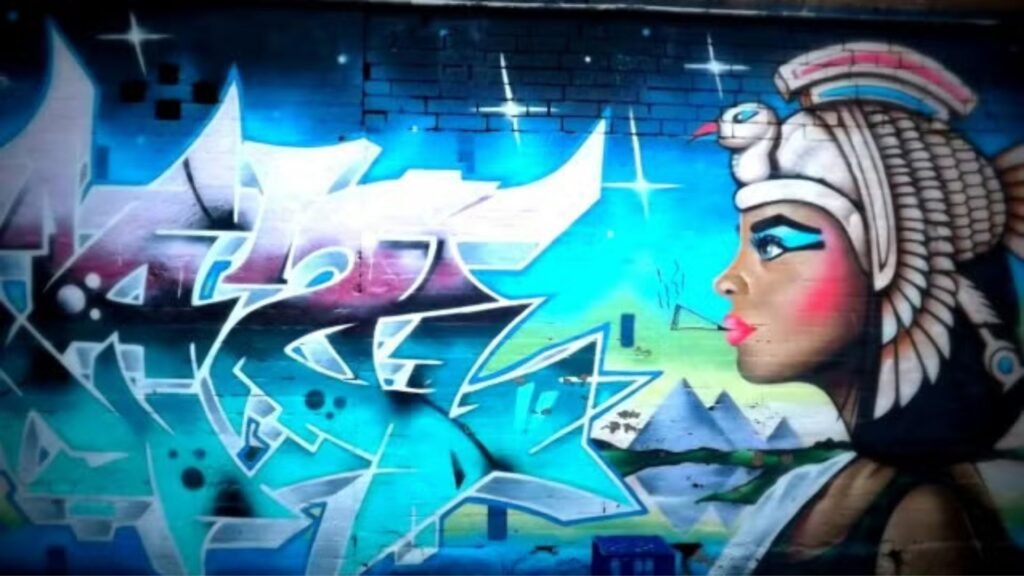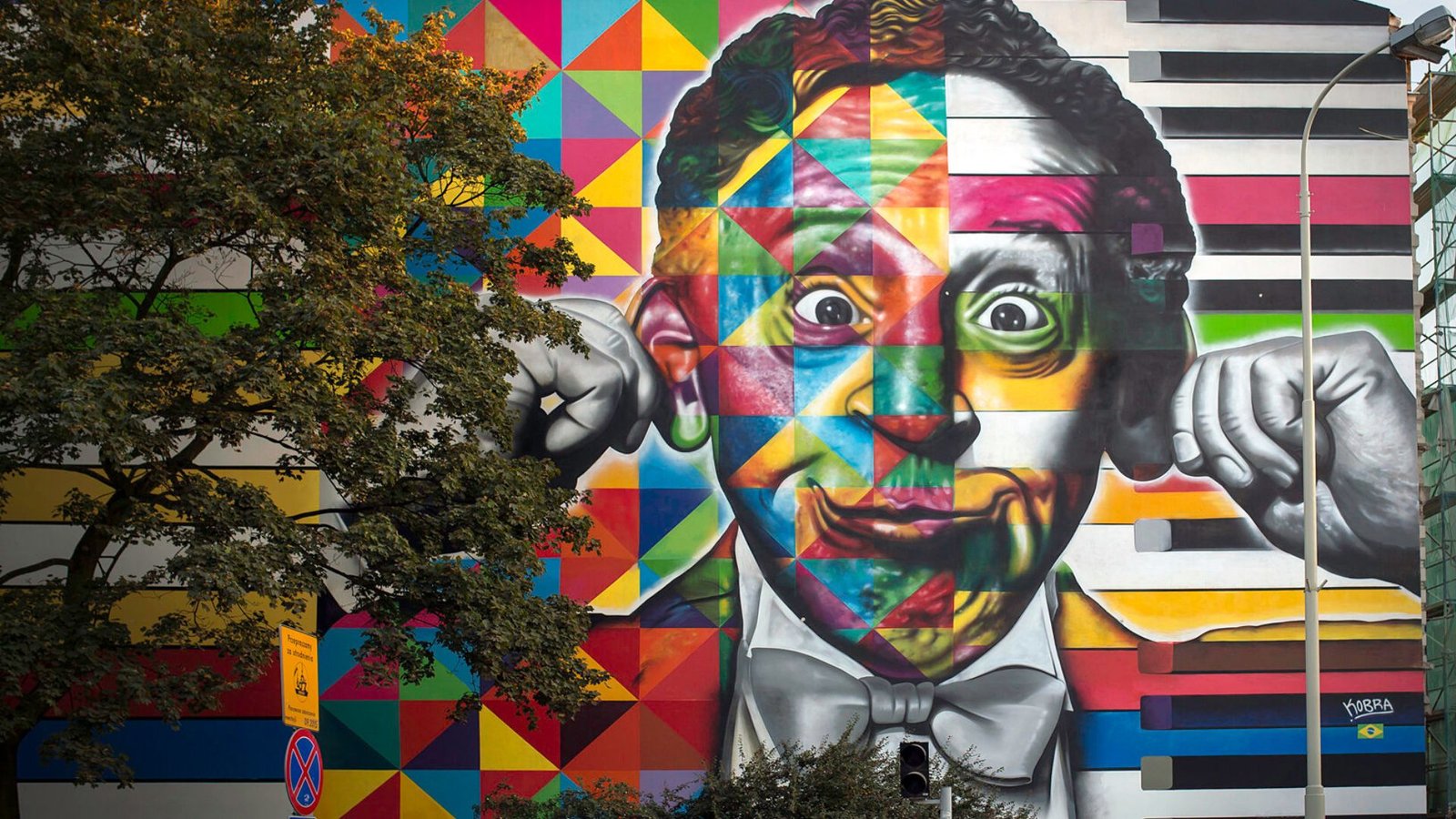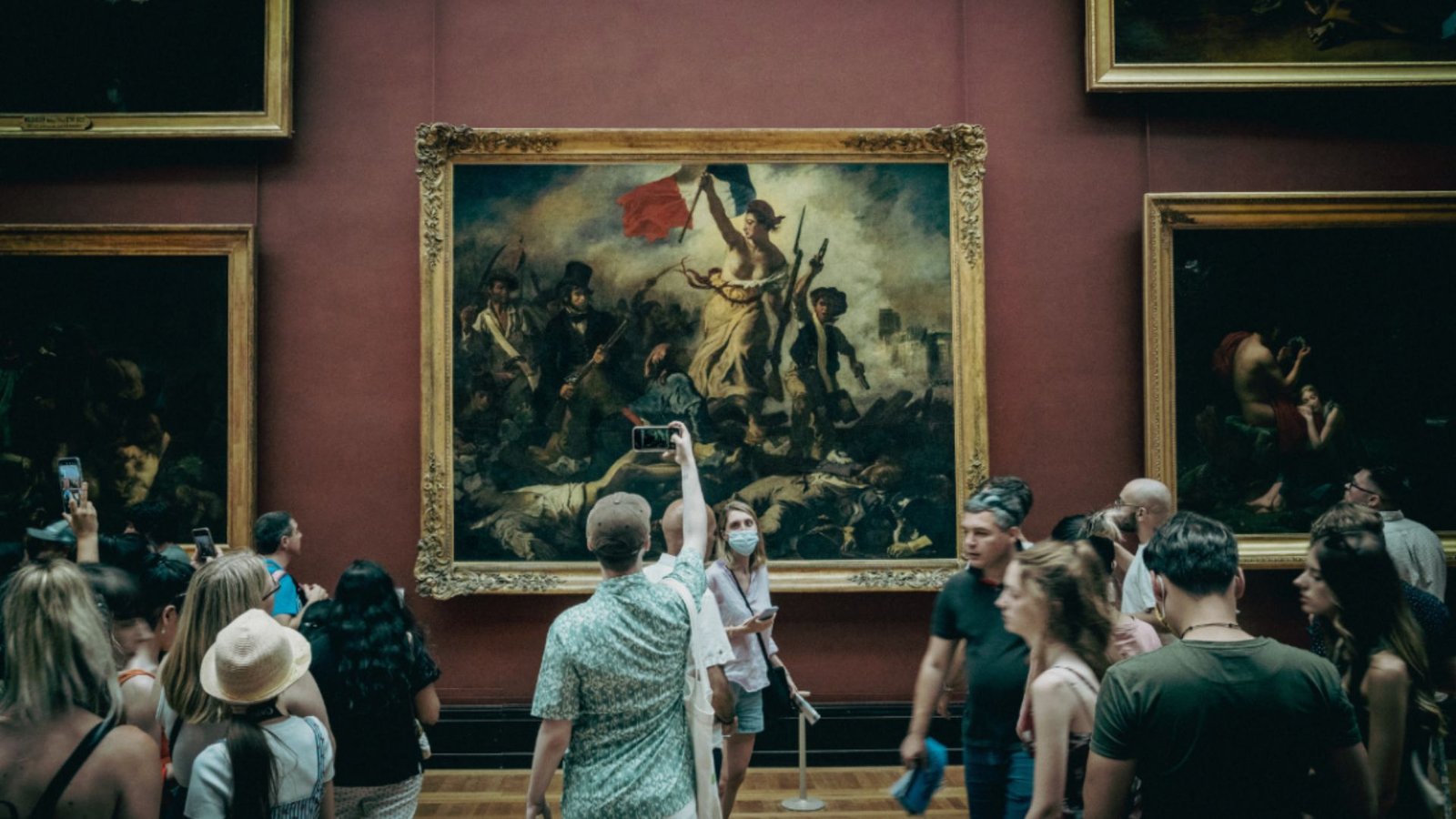The evolution of street art in urban spaces is a fascinating journey that reflects broader cultural and social changes. From its humble beginnings as a form of rebellion to its current status as a celebrated art form, street art has transformed the way we view public spaces and artistic expression. In this blog post, we will explore how street art has evolved, its impact on urban environments, and what the future may hold for this dynamic art form.

The Early Beginnings of Street Art
Initially, street art began as a form of underground expression and rebellion. In the 1960s and 1970s, graffiti emerged in urban areas, often as a response to social and political issues. Early street artists used walls and public spaces to communicate messages, challenge the status quo, and make their voices heard. This form of art was not always welcomed and often faced criticism and legal challenges. Despite this, street art continued to grow and develop, becoming a powerful tool for self-expression and social commentary.
The Rise of Street Art as a Cultural Phenomenon
As street art evolved, it began to gain recognition and acceptance within mainstream culture. In the 1980s and 1990s, artists like Banksy and Jean-Michel Basquiat brought street art into the spotlight, showcasing its potential as a legitimate and impactful art form. During this time, street art started to be seen not only as a form of rebellion but also as a way to beautify urban spaces and engage with the public. The rise of street art festivals and gallery exhibitions further solidified its place in contemporary art. This shift marked a significant change in how street art was perceived and appreciated.
The Impact of Street Art on Urban Spaces
Moreover, street art has had a profound impact on urban spaces. It has transformed dull and neglected areas into vibrant and engaging environments. Murals, stencils, and paste-ups have breathed new life into buildings, alleyways, and public spaces, creating visually stimulating and culturally relevant experiences for residents and visitors alike. This transformation often leads to a stronger sense of community and pride among local inhabitants. Street art also serves as a reflection of the city’s identity, capturing its spirit and diversity in unique and creative ways.
The Role of Street Art in Social and Political Movements
In addition to its aesthetic contributions, street art has played a crucial role in social and political movements. Artists use street art to address various issues such as inequality, environmental concerns, and human rights. By placing their work in public spaces, they ensure that their messages reach a broad audience and spark important conversations. For example, murals addressing climate change or social justice issues can raise awareness and encourage activism. Street art thus serves as a powerful tool for advocacy and change, highlighting its relevance beyond mere decoration.
Challenges Facing Modern Street Artists
However, modern street artists face several challenges. One major issue is the tension between artistic freedom and legal restrictions. Many street artists continue to create work in public spaces without permission, risking fines or legal action. Additionally, as street art becomes more mainstream, there is concern about commercialization and the potential loss of its rebellious edge. The art form’s growing popularity in galleries and auctions may shift its focus from grassroots expression to commercial success. Balancing these aspects is crucial for maintaining the authenticity and impact of street art.
The Future of Street Art
Looking ahead, the future of street art appears bright and full of possibilities. As technology advances, street artists are exploring new mediums and techniques, such as augmented reality and interactive installations. These innovations offer exciting ways to engage audiences and create immersive experiences. Additionally, the increasing acceptance of street art within the art world suggests that it will continue to play a significant role in urban culture. Future developments in street art may include greater collaboration with communities, more integration with urban planning, and continued exploration of social and political themes.
Conclusion
In conclusion, the evolution of street art in urban spaces reflects a dynamic journey from rebellious beginnings to mainstream acceptance. Street art has transformed cities, influenced culture, and provided a powerful means of expression and advocacy. While challenges remain, the future of street art holds exciting potential for innovation and continued impact. By embracing both its historical roots and contemporary developments, street art will continue to shape and enrich urban environments for years to come.




